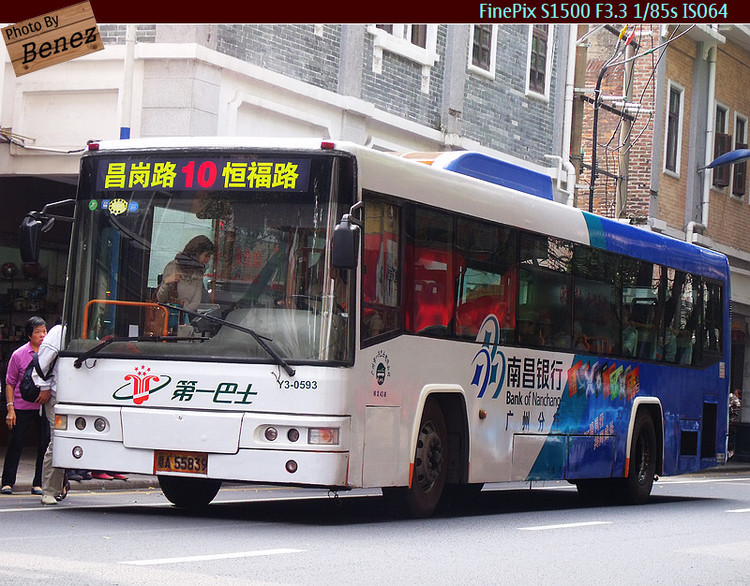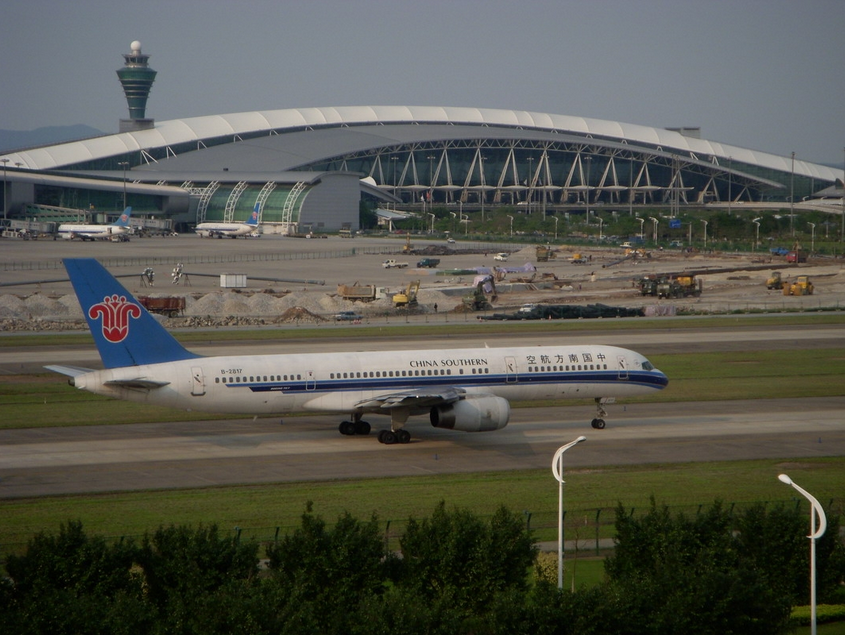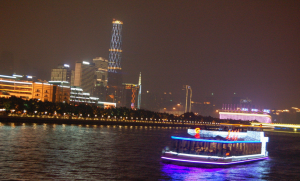Transportation
Tianhe Sports Center Station of Guangzhou BRT
Gongyuanqian Station of Guangzhou Metro
Baiyun International Airport in Huadu District
A CRH3 Train at Guangzhou South Railway Station
Public transport
Guangzhou Metro
Main article: Guangzhou Metro
When the first line of the Guangzhou Metro opened in 1997, Guangzhou was the fourth city in Mainland China to have an underground railway system, behind Beijing, Tianjin and Shanghai. Currently the metro network is made up of nine lines, covering a total length of 260 km (160 mi). A long term plan is to make the city’s metro system expand to over 500 km (310 mi) by 2020 with 15 lines in operation.
As of July 2014 the lines of Guangzhou Metro include:
Line 1: Guangzhou East Railway Station–Xilang Station
Line 2: Jiahewanggang Station–Guangzhou South Railway Station
Line 3
South route: Tianhe Coach Terminal Station–Panyu Square Station via Tiyu Xilu Station
North route: Airport South Station–Tiyu Xilu Station
Line 4: Huangcun Station–Jinzhou Station
Line 5: Jiaokou Station–Wenchong Station
Line 6: Xunfenggang Station–Changban Station
Line 8: Fenghuang Xincun Station–Wanshengwei Station
Guangfo Line: Xilang Station–Kuiqi Lu Station
APM: Linhexi Station–Canton Tower Station
Buses, taxis and motorcycles
See also: List of Bus Routes in Guangzhou
The Guangzhou Bus Rapid Transit (or GBRT) system which was introduced in 2010, is the world’s second largest Bus Rapid Transit system with 1,000,000 passenger trips daily and 26,900 pphpd during the peak hour (second only to the TransMilenio BRT system in Bogota). The system averages 1 bus every 10 seconds or 350 per hour in a single direction and contains the world’s longest BRT stations—around 260 m (850 ft) including bridges.
In 2009, is was reported that all 9,424 buses and 17,695 taxis in Guangzhou would be operating on LPG-fuel by 2010 to promote clean energy for transport and improve the environment ahead of the 2010 Asian Games which were held in the city. At present[when?], Guangzhou is the city that uses the most LPG-fueled vehicles in the world, and at the end of 2006, 6,500 buses and 16,000 taxis were using LPG, taking up 85 percent of all buses and taxis.
Effective January 1, 2007, the municipal government has banned motorcycles in urban areas. Motorcycles found violating the ban will be confiscated. The Guangzhou traffic bureau claimed to have reported reduced traffic problems and accidents in the downtown area since the ban
Air transport
Guangzhou’s main airport is the Baiyun International Airport in Huadu District opened on August 5, 2004. This airport is also the 2nd busiest airport in terms of traffic movements in China. It replaced the old Baiyun International Airport, which was very close to the city centre and failed to meet the fast-growing air traffic demand.
Guangzhou Baiyun International Airport now has two runways, with three more planned to be built.
Railway transport
Further information: Guangzhou Station, Guangzhou East Station, Guangzhou South Station and Guangzhou North Station
Guangzhou is the terminus of the Jingguang railway (Beijing–Guangzhou), the Guangshen railway (Guangzhou–Shenzhen), the Guangmao railway (Guangzhou–Maoming) and the Guangmeishan railway (Guangzhou–Meizhou–Shantou). In late 2009, the Wuhan–Guangzhou High-Speed Railway started its service, which enables multiple unit trains to cover 980 km (608.94 mi) at a top speed of 320 km/h (199 mph). In January 2011, the Guangzhou–Zhuhai Intercity Railway started its service at an average speed of 200 km/h (124 mph).
Intercity transport to Hong Kong
Guangzhou is well connected to Hong Kong by train, coach and ferry. The Guangdong Through Train departs from the Guangzhou East railway station and arrives at the Hung Hom KCR station in Kowloon, Hong Kong. The route is approximately 182 km (113 mi) in length and the ride takes less than two hours. Frequent coach services are also provided with coaches departing every day from different locations (mostly major hotels) around the city.
River transport
Pearl River at night
There are daily high-speed catamaran services between Nansha Ferry Terminal and Lianhua Shan Ferry Terminal in Guangzhou and the Hong Kong China Ferry Terminal, as well as between Nansha Ferry Terminal and Macau Ferry Pier in Hong Kong.

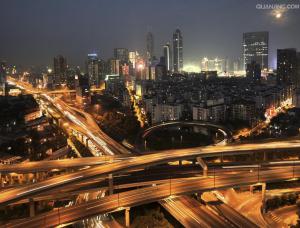
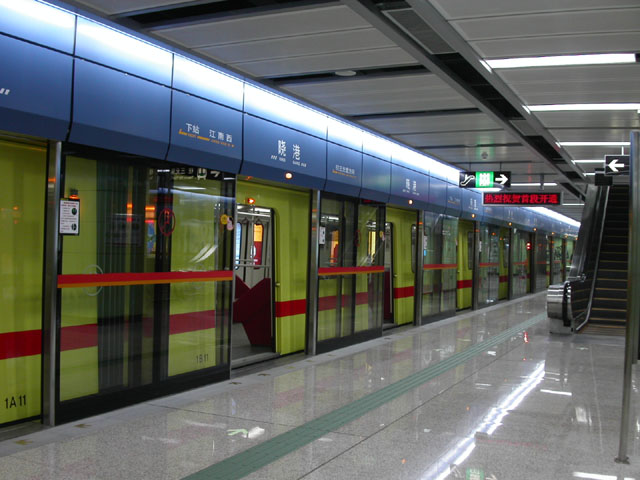
-266x300.jpg)
